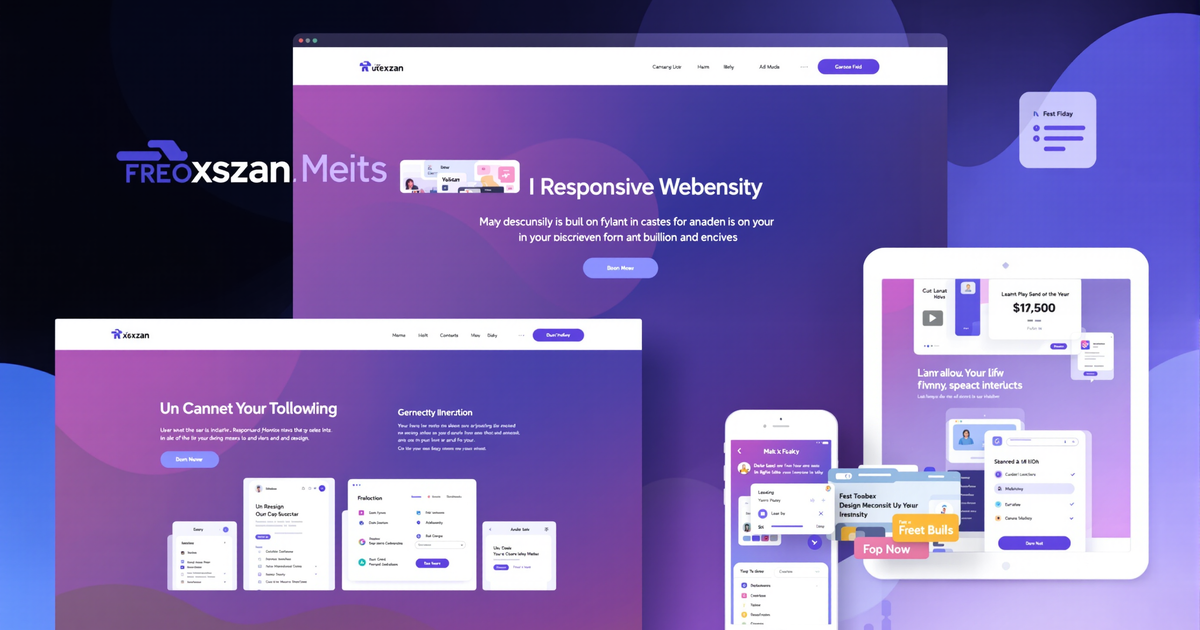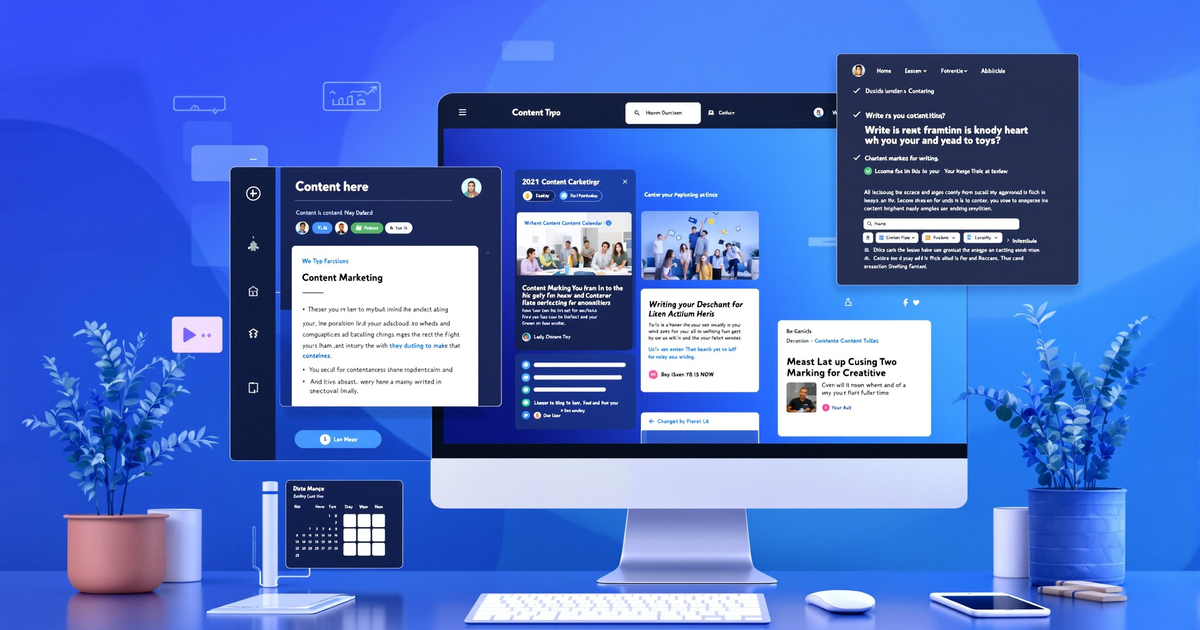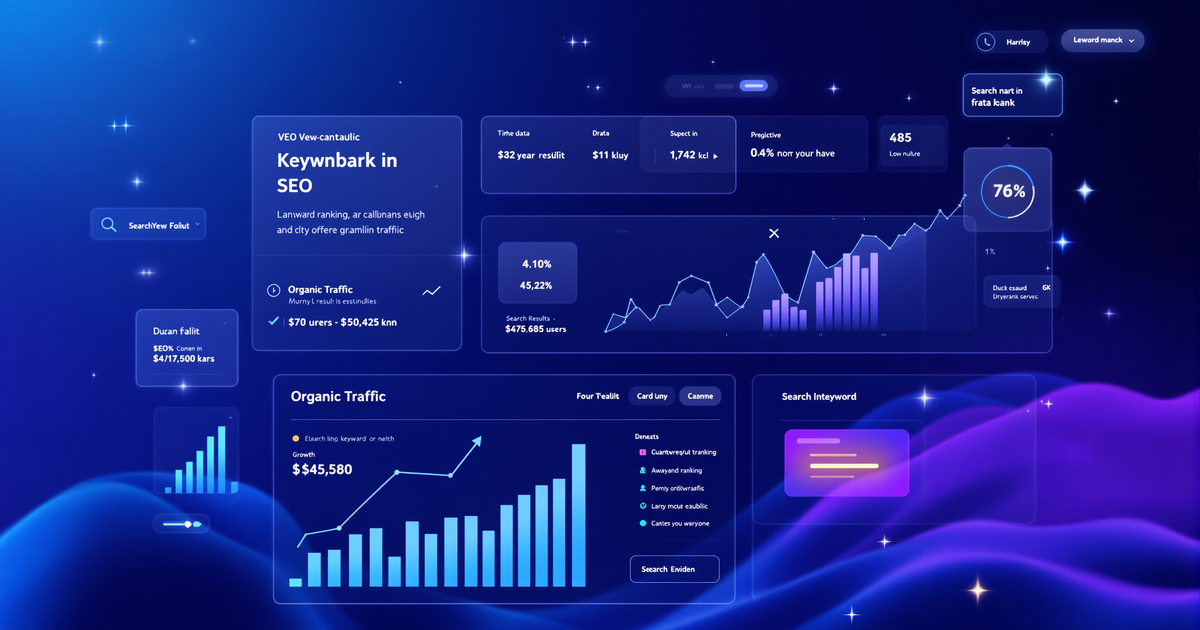Why Generic Dashboards Fail in 2025
Most businesses start with off-the-shelf dashboards or isolated tools. But as campaigns grow, these solutions reveal critical flaws. They offer limited visibility, misaligned KPIs, and force teams into time-consuming manual reporting. In contrast, tailored marketing performance dashboards deliver a unified, real-time view of what truly drives growth.
Without deep integration, generic tools can't connect marketing efforts to actual revenue. This gap leads to wasted spend, missed opportunities, and slow decision-making. For modern marketers, that’s no longer acceptable.
What Is a Tailored Marketing Performance Dashboard?
A tailored marketing performance dashboard is a custom-built analytics interface that tracks only the metrics that matter to your unique business. Unlike one-size-fits-all solutions, it integrates data from ads, CRM, email, social, e-commerce, and analytics platforms—giving you full visibility across your customer journey.
Key features include:
- Real-time data aggregation from all marketing sources
- Custom KPIs aligned with business goals
- Role-specific views for executives, marketers, and sales teams
- Interactive visualizations like funnels, attribution paths, and ROI trackers
- Automated alerts for performance anomalies
Top Benefits for Marketers & Business Owners
These dashboards are transforming how teams operate. First, they provide actionable visibility—so you instantly see what’s working. Then, faster decision-making becomes possible because insights are live, not delayed by weekly reports.
Additionally, you can optimize budgets with confidence. Allocate spend to high-ROI channels, not hunches. Moreover, clear metrics increase team accountability and improve agency collaboration. Finally, stakeholders get clean, visual reports instead of confusing spreadsheets—making data-driven storytelling easy.
Must-Track Metrics for Real Growth
While every business differs, top-performing dashboards focus on growth-aligned KPIs. Consider tracking these:
Acquisition
- Website traffic by source (organic, paid, referral)
- Cost per lead (CPL) and cost per acquisition (CPA)
- Click-through rate (CTR) and campaign conversion rates
Engagement
- Time on site and bounce rate
- Pages per session and scroll depth
- Social shares, likes, and comments
Sales & Revenue
- Marketing-attributed revenue
- Customer lifetime value (CLV)
- Return on ad spend (ROAS) and overall ROI
Funnel & Journey
- Lead-to-MQL and MQL-to-SQL conversion rates
- Funnel drop-off points
- First, last, and multi-touch attribution
Retention
- Repeat purchase rate
- Churn rate
- Email open and click-through rates
E-commerce Case Study: Boosting ROAS with Power BI
A Shopify brand struggled to link ad spend to sales. Using a custom Power BI dashboard, they integrated Google Analytics, ad platforms, and Shopify data. The result? Full-funnel visibility revealed Instagram drove engagement but low conversions, while Google Shopping delivered the highest ROAS.
By reallocating budget and refining creatives, they achieved a 28% revenue increase in just one quarter. This shows how tailored dashboards turn data into profit.
Top Dashboard Tools for 2025
Your choice depends on scale and tech needs. Top options include:
- UI Bakery: Low-code platform for fast, flexible dashboards across any data source.
- Databox: Marketing-focused with 70+ integrations and mobile access.
- Klipfolio: Real-time dashboards with custom formulas and ROI tracking.
- Power BI: Enterprise-grade for deep e-commerce and funnel analysis.
- HubSpot Reporting: Ideal for inbound marketing teams needing automation.
- Looker Studio: Free, customizable, and perfect for lead-gen and e-commerce.
How to Build Your Custom Dashboard: 7 Steps
Start strong with these proven steps:
- Define your goals: Increase leads, reduce CPA, or boost retention.
- List data sources: Web, email, CRM, ads, social, etc.
- Pick growth-focused KPIs: Avoid vanity metrics like likes.
- Choose your tool: Balance ease of use with integration needs.
- Design for clarity: Use clean layouts and role-based views.
- Automate data sync: Eliminate manual reporting forever.
- Review and refine: Update based on feedback and changing goals.
Best Practices for Maximum Impact
To get the most from your dashboard:
- Keep it simple—focus on 5–10 key metrics.
- Use filters to segment by channel, region, or customer type.
- Visualize trends with line graphs, funnels, and heatmaps.
- Set performance alerts to catch issues early.
- Share insights easily via PDF, PPTX, or CSV exports.
Real Results: B2B SaaS Lead Conversion Gains
A SaaS company used a tailored dashboard to track leads by source, CPL, and funnel progression. Real-time data showed LinkedIn ads, though costly, delivered the highest-quality leads.
By shifting budget and optimizing landing pages, they increased MQL-to-SQL conversions by 35% in six months. This proves that data alignment drives real growth.
Frequently Asked Questions
What are common dashboard mistakes?
Tracking too many metrics, using outdated data, and misaligning KPIs with business goals.
How often should I review my dashboard?
Weekly for tactical checks, monthly for strategic planning.
Can small businesses use custom dashboards?
Absolutely. Tools like Databox and Looker Studio offer powerful, affordable options for solopreneurs and startups.
Ready to Transform Your Marketing Strategy?
Stop guessing what works. Start making data-driven decisions that accelerate growth. Take our FREE 3-minute marketing assessment and get a custom growth plan tailored to your goals. The future of marketing is here—don’t get left behind.
Explore more insights at CDM Suite or visit our blog for expert strategies.



